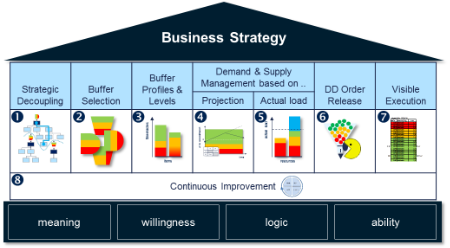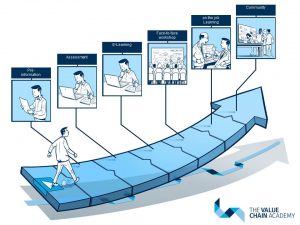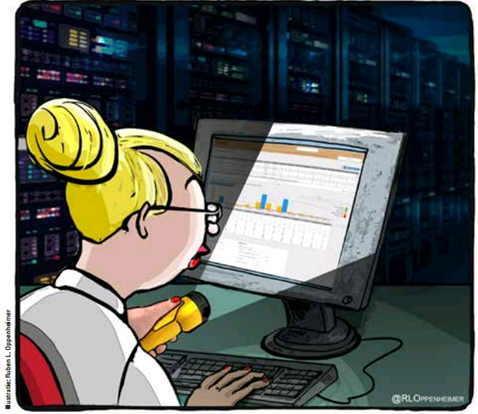Demand Driven: DDMRP or DDSCM?
The term DDMRP has been around since 2011 and has received much attention in recent years. The promises are big: improved service levels, inventory reductions of 30-40%, shorter delivery times (up to 80% reduction!) and minimal costs. Are the windows in your Supply Chain department already fogging up? DDMRP is based on the fact that variability...









